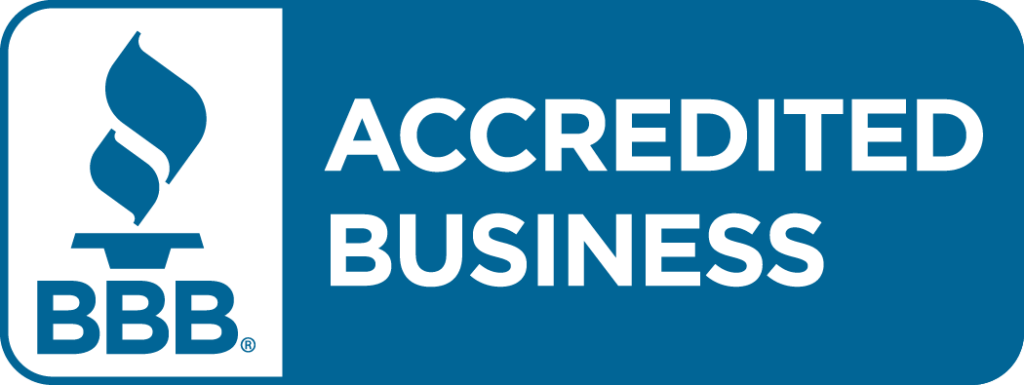The goal for every construction equipment manufacturer is to get their machinery out into the field and into the hands of their customers. To do that, companies engage in different marketing tactics to attract buyers.
But what’s the most effective way to reach those people? Is there a tool to get the most out your efforts and ensure the messaging is reaching the right people?
Data can be the tool that helps set you apart.
Construction is a tough industry and is teaming with competition. Utilizing data and shaping your marketing around it can give your company the advantage in this crowded field. So, how can you best use data? Here are three key strategies to employ:
[hr style=”3″ margin=”40px 0px 40px 0px”]
1) Identify the Ideal Prospects for Your Product
This one is self-explanatory. To get your product out and into the hands of customers, it only makes sense that you would try to find and focus on those who you’d consider the ideal customer for that product.
Throwing all the money in the world into marketing and advertising campaigns won’t amount to anything if the message isn’t reaching the right people. Even with a quality product, sales teams will have trouble closing the deal if they’re constantly supplied bad leads.
Attempting to sell a piece of machinery to someone who doesn’t need it or isn’t interested only results in wasted time and frustration. Why would Sal’s Skid Steers purchase a paver from you if they don’t use them? They wouldn’t.

Using purchase data, it’s possible to pinpoint those who have purchased your brand of equipment, or equipment comparable to yours in the past. Knowing you have someone who is open to the product and could benefit from it will be a great help in increasing both profits and efficiency.
[hr style=”3″ margin=”40px 0px 40px 0px”]
2) Target Brand Loyalty
I’ve talked before about how brand loyalty, can be a huge asset for companies. Using data to help drive your strategy forward will allow you to tap into the loyalty and goodwill your company has already built up.

Search and find everyone who owns multiple pieces of your equipment, or anyone that is a repeat buyer. These are customers you know like your product and are willing to continually do business with you.
Know when to cut your losses and discount those who are fiercely loyal to another brand. Wasting time on a prospect who only buys Brand X will prove fruitless. Why waste time and energy on someone you know isn’t going to buy from you?
On the flip side, you can narrow down the field and pick off any who own other brands, but aren’t necessarily loyal to a specific brand. You may be able to sway them to your product and hopefully over time build a relationship with them to convert them into a loyal buyer of your and only your equipment.
Consider finding gaps that you can fill. If Bill is a Brand X “guy,” but he needs certain piece of equipment not offered by Brand X, the door is open for you. Provide quality equipment to fill the needs not being addressed by his preferred brand, and over time, you can chip away at that loyalty to convert him to your brand for other pieces of equipment.
[hr style=”3″ margin=”40px 0px 40px 0px”]
3) Tailor Your Message to the Customer’s Buying Cycle
To fully explain this, first we’ll need to define what the buying cycle is. “The Buying cycle, is the patterned process customers and business buyers go through when contemplating a purchase.” The buying cycle is comprised of three steps.
[box style=”1″]
The Buying Cycle
Awareness
Recognition they need something and/or when they see your product as a possibility to fill that need. This is when you introduce your company and product so that the buyer sees what you have to offer.
Consideration
The buyer considers and evaluates each available option. Now is the time to provide specific information on your product to highlight the benefits over the competition’s alternative.
Purchase
The buyer makes the decision based on needs and price, and commits to purchasing. After recognizing they have a need and taking all options into account, they make their final decision and buy what they feel best serves their purposes.[/box]
This is a basic process that happens with everyone before committing to buying something. Even if they don’t realize it, customers all experience this process.
[hr style=”3″ margin=”40px 0px 40px 0px”]
Using data to determine buying cycles, and providing the appropriate content useful to a potential buyer during each stage of this process will greatly increase your chances of being the one chosen during the final purchasing stage.
Randall-Reilly’s EDA platform will help you pare down the immense volume of information and target with great specificity. These three simple steps can help drive your company forward and help you to become more data-driven.
Finding the right prospects, targeting brand loyalty, and nurturing a prospective customer’s needs during their buying cycle will grow your business and satisfy their needs. And in the end, isn’t that the whole point?
[acf field=”cta_5″ post_id=”option”]



